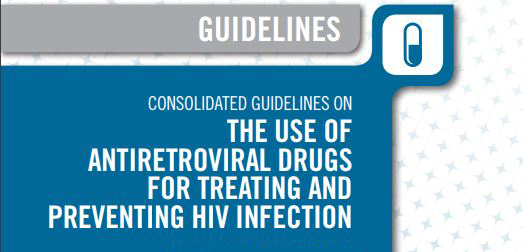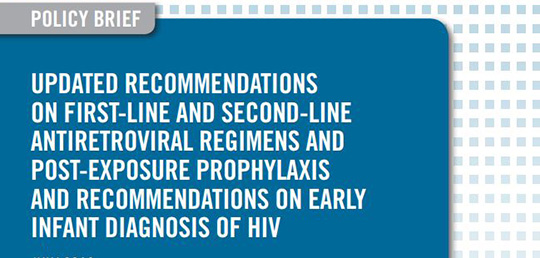Antiretroviral therapy (ART) is treatment of people infected with human immunodeficiency virus (HIV) using anti-HIV drugs. The standard treatment consists of a combination of at least three drugs (often called "highly active antiretroviral therapy" or HAART) that suppress HIV replication. Three drugs are used in order to reduce the likelihood of the virus developing resistance. ART reduces mortality and morbidity rates among HIV-infected people, and improves their quality of life. The benefits of ART also include the prevention of HIV transmission by suppressing HIV replication in persons living with the virus.
In 2016, WHO published the new Consolidated guidelines on the use of antiretroviral drugs for treating and preventing HIV infection. These guidelines provide guidance on the diagnosis of HIV infection, the use of antiretroviral (ARV) drugs for treating and preventing HIV infection and the care of people living with HIV. They are structured along the continuum of HIV testing, prevention, treatment and care. The guidelines recommend initiating ART in all persons living with HIV, regardless of WHO clinical stage and at any CD4 cell count (also called "treat all"), and the use of pre-exposure prophylaxis (PrEP) as an additional prevention choice for people at substantial risk of HIV infection as part of combination HIV prevention approaches.
Highlights

Consolidated guidelines on the use of antiretroviral drugs for treating and preventing HIV infection


